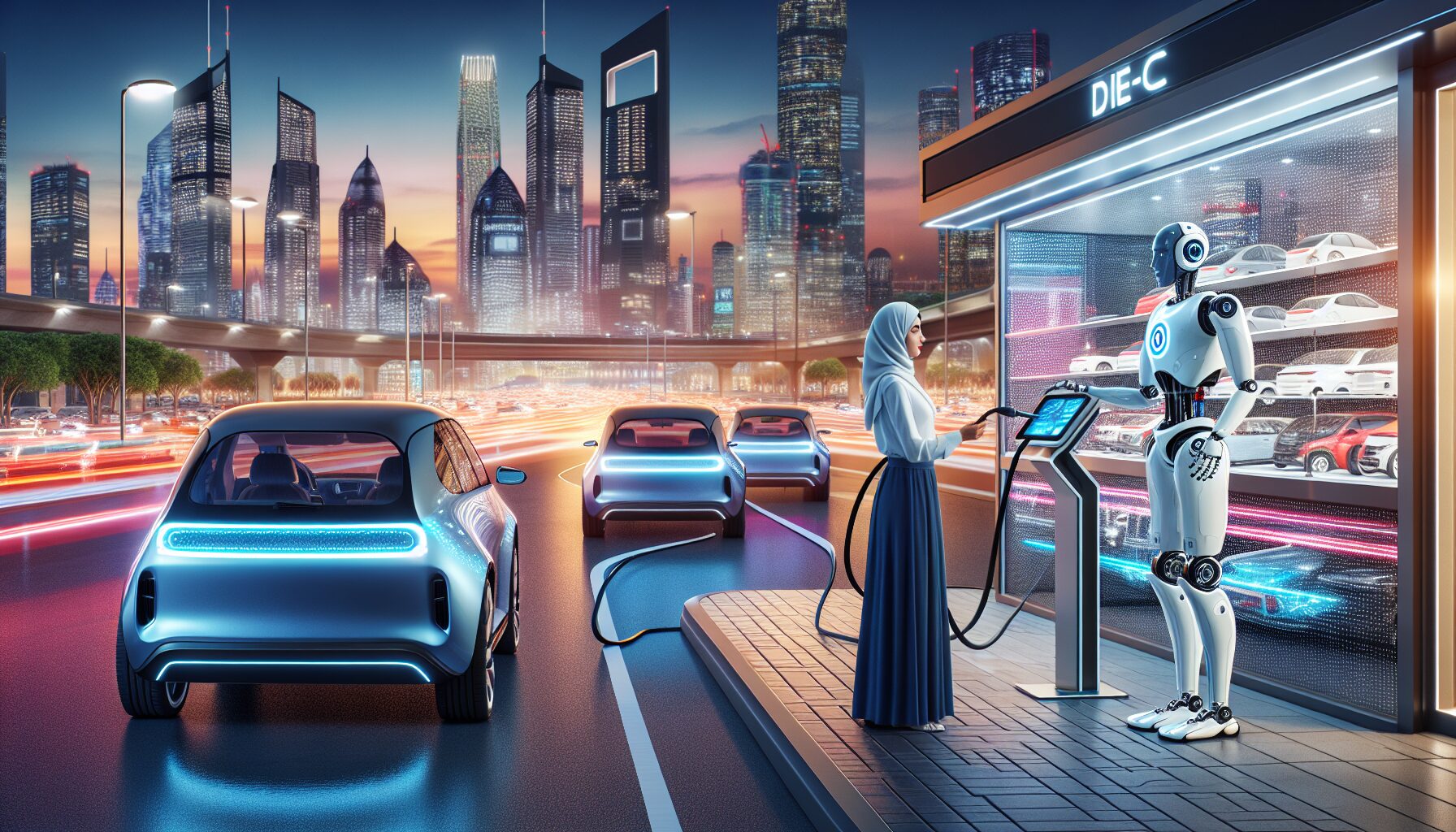The Historical Evolution of Cars
The automobiles journey began in the late 19th century with Karl Benzs invention of the first petrol-powered car in 1885. Since then, cars have undergone tremendous transformations, shifting from luxury novelties to mass-market necessities. Early vehicles were mechanical marvels that required constant manual intervention and offered limited reliability and comfort.
The 20th century saw significant technological advancements such as the assembly line production introduced by Henry Ford, which drastically lowered costs and made cars accessible to the broader public. Innovations including automatic transmissions, power steering, and safety features like seat belts and airbags progressively enhanced vehicle usability and occupant protection.
By the 21st century, cars had become complex systems integrating electronics, computing power, and advanced materials. The historical context highlights a trajectory of continuous innovation driven not just by consumer demand but also by regulatory pressures and environmental concerns.
Current Market Trends in the Automotive Industry
As of mid-2025, the automotive industry is experiencing a dynamic shift influenced by environmental imperatives, technological breakthroughs, and changing consumer preferences. Electric vehicles (EVs) have surged in popularity due to stricter emissions regulations and advancements in battery technology that improve range and reduce charging times.
Affordable EV models are becoming more common, but interestingly, some internal combustion engine (ICE) vehicles remain competitively priced; for example, recent reports highlight that only two cars manufactured in the U.S. are priced under $30,000a shrinking segment reflecting rising production costs.
Simultaneously, autonomous driving technologies are gaining traction, with many manufacturers integrating advanced driver-assistance systems (ADAS). The rise of connected car platforms also transforms how consumers interact with their vehicles through infotainment systems, telematics, and over-the-air updates.
Technological Innovations Shaping Modern Cars
Modern cars are technological powerhouses combining mechanical engineering with software development. Key innovations include hybrid powertrains that combine electric motors with traditional engines for improved efficiency and lower emissions.
Another exciting development is the use of artificial intelligence (AI) in both autonomous driving systems and customer experience enhancements. For instance, AI-powered humanoid robots are now being deployed at dealerships to assist buyers, providing personalised recommendations based on user preferences and streamlining the purchasing process.
Moreover, materials science has contributed to lighter yet stronger chassis through composites and alloys, improving vehicle performance and fuel economy. The integration of advanced sensors supports safety features like collision avoidance, pedestrian detection, and adaptive cruise control.
Safety Challenges and Recent Incidents
Despite technological advances, automotive safety remains a critical concern. Recent news highlighted incidents such as multiple injuries from crashes as well as failures in racecar inspections at prestigious events like the Indianapolis 500. These occurrences underline ongoing challenges in vehicle design, maintenance standards, and regulatory compliance.
Additionally, unforeseen hazards such as fires at parking facilities can cause extensive damage to parked cars. Such events stress the importance of robust fire prevention strategies in transportation infrastructure.
Manufacturers continually work on improving crashworthiness with innovations such as improved crumple zones and active safety systems designed to prevent accidents before they occur.
Economic Impact of Cars on Society
Cars have a profound economic impact globally: they create millions of jobs in manufacturing, sales, maintenance, infrastructure development, and more. The shift toward electric vehicles is reshaping supply chains by increasing demand for batteries and rare earth elements while reducing reliance on traditional petroleum products.
However, affordability remains an issue for many consumers as production costs increase due to complex technologies and rigorous regulations. This trend affects market accessibility especially in developing regions where cost sensitivity is high.
Furthermore, car ownership influences urban planning decisions including road construction and parking facilitieshighlighting the interplay between automotive trends and broader societal infrastructure needs.
Environmental Considerations and Future Directions
The automotive sector is a significant contributor to global greenhouse gas emissions; thus environmental sustainability is a central focus for future development. Transitioning to zero-emission vehicles like battery electric or hydrogen fuel cell models is imperative for meeting climate goals.
Recycling initiatives for car batteries and components are also gaining importance to mitigate resource depletion. Additionally, mobility solutions such as shared vehicle fleets and improvements in public transit aim to reduce individual car dependency.
Looking forward, innovations like solid-state batteries could revolutionise energy storage with higher capacities and faster charging times. Smart city integrations may optimise traffic flow reducing congestion-related pollution.
The Cultural Significance of Cars
Beyond their utilitarian role, cars hold a deep cultural resonance symbolising freedom, status, identity, and technological progress. Classic cars attract passionate enthusiasts who preserve automotive heritage through restoration efforts.
Motorsport continues to captivate audiences worldwide showcasing cutting-edge innovation under extreme conditionsrecent news around racecar inspections highlights how competitive regulations influence technology development.
In popular mediafrom films to musiccars often represent adventure or rebellion. This cultural dimension drives ongoing consumer interest even amid shifting economic or environmental priorities.
Summary: Navigating the Road Ahead
Cars remain central to modern life but face transformative shifts driven by technology, economics, environment, safety concerns, and culture. The transition towards electrification coupled with emerging AI capabilities promises unprecedented changes in how vehicles are designed, operated, and integrated into daily life.
Balancing affordability with innovation will be crucial to ensuring broad accessibility while meeting global sustainability goals. Meanwhile, ongoing safety improvements will seek to reduce accident rates despite increasing complexity.
Ultimately, understanding these multifaceted dynamics helps stakeholdersfrom consumers to policymakersnavigate the evolving automotive landscape effectively.
Notes
- Only two cars made in the U.S. currently cost less than $30,000.
- Team Penske faced disqualification from Indy 500 pole attempts due to technical inspection failures.
- AI humanoid robots are being introduced at car dealerships to enhance buyer experience.
- Electric vehicle adoption continues accelerating as battery tech improves.
- Recent parking garage fires have caused extensive damage to numerous cars.

